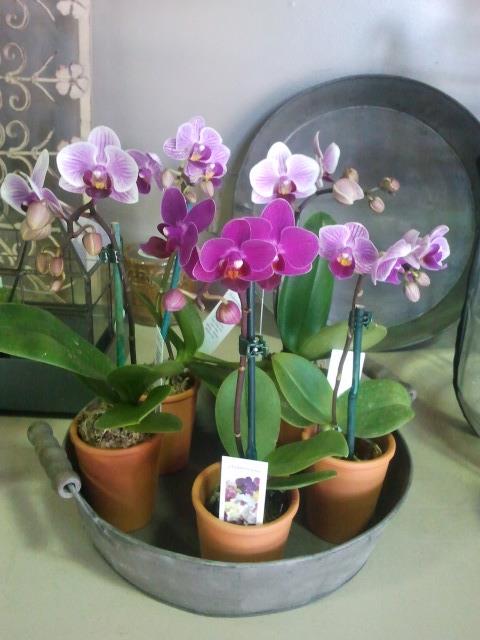 When most people think about feeding their houseplants, they only consider the three numbers on plant food labels: nitrogen, phosphorous, and potassium. There are a few other items, however, that can greatly improve the health and beauty of houseplants. These additives are used in conjunction with other nutrients. Three favorites that are frequently recommended at Fifth Season are kelp, silica, and neem.
When most people think about feeding their houseplants, they only consider the three numbers on plant food labels: nitrogen, phosphorous, and potassium. There are a few other items, however, that can greatly improve the health and beauty of houseplants. These additives are used in conjunction with other nutrients. Three favorites that are frequently recommended at Fifth Season are kelp, silica, and neem.
The first additive, kelp, is a wondrous addition to any feeding regimen, as it helps to mitigate stress that your plant may experience. That may sound a little too mystical to some people, but when talking about plants, stress refers to natural occurrences within a plant’s microclimate. Some of these stressful events could be a result of our own actions: watering too frequently, for example, or forgetting to water. Others could be a result of our indoor living space, and the plant’s location within it: sitting above a heat vent, temporary light changes, or drafts from an old window. Basically, if a plant is ever too hot, too cold, too wet, too dry, too humid, too arid, too bright, too dark, too something, kelp will help assuage the damage from these temporary problems. Why does stress matter to a plant? Well, stressed plants are more susceptible to pests and diseases, and reducing stress makes plants healthier, which helps them to look more beautiful. The most notable positive effects occur with orchids, african violets, and nepenthes. However, kelp will benefit almost any houseplant.
Silica can also act as a preventative measure, as well as a way to make plants look healthier and more vibrant. Plants have silica in their cell walls naturally. By feeding with silica, we can help to strengthen a plant, prevent pests, and make the plant more sturdy. It is important to note that silica is not mobile within a plant, which means if drenching with it, silica should be applied consistently. This is where foliar feeding comes into play. By spraying the foliage, the plant uptakes silica everywhere. Additionally, silica acts as a foliar shine to make plants appear brighter, greener, and more lush. Dust reduces a plant’s ability to photosynthesize and can dry out foliage. Spraying the foliage reduces the quantity of dust, as well as its ability to stick to the leaves. Silica can be used either way, but gives additional benefits when used foliarly.
Another foliar spray, neem oil, works as a preventative measure to guard plants against pests. The neem tree, from which we derive neem oil, is naturally resistant to many types of pests and some diseases. By using it as a foliar shine, plants gain some of that added protection. However, neem needs something called a surfactant to help it stick to the leaf surface. Most silica products double as a surfactant, so the two work wonderfully in conjunction with each other.
By using these products on your houseplants, you will give your plants a lot of advantages to prevent pests and diseases. Unfortunately, they cannot compensate for regular miss-watering, or permanently keeping a plant in too low of light, but along with good habits can keep your plants vibrantly healthy.
Previously:

superoriginal says
If the plant is going in the garden, you ll notice them right away when you take it out of the pot. Return it to the nursery as soon as you can. They, as well as houseplants, can carry root mealybugs in from the grower or garden center.